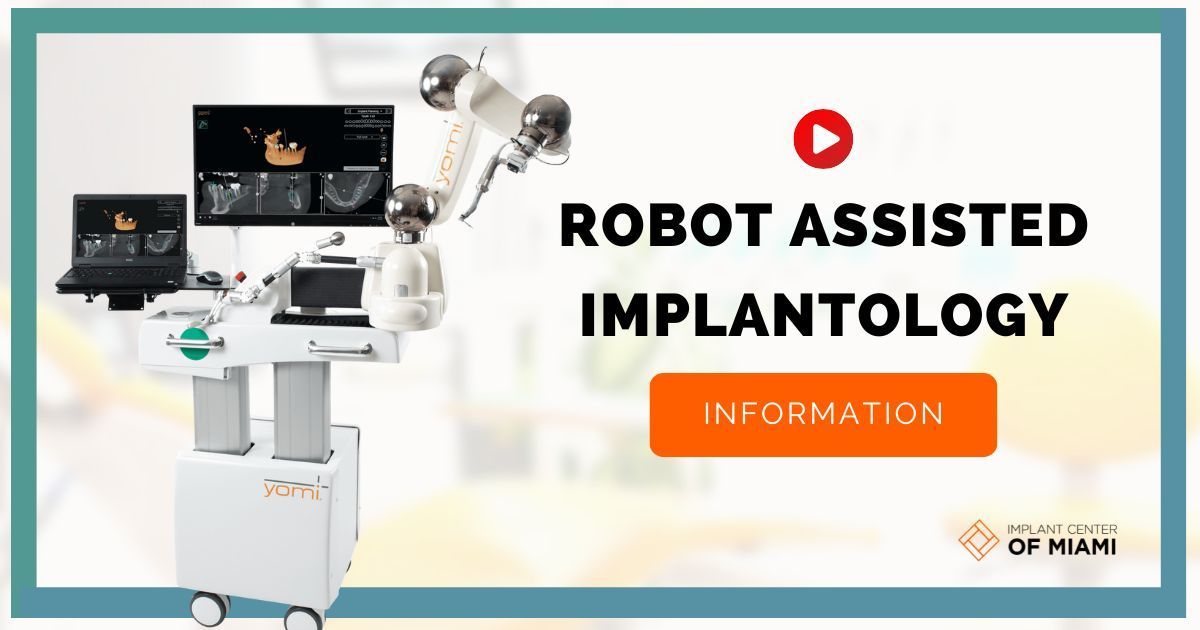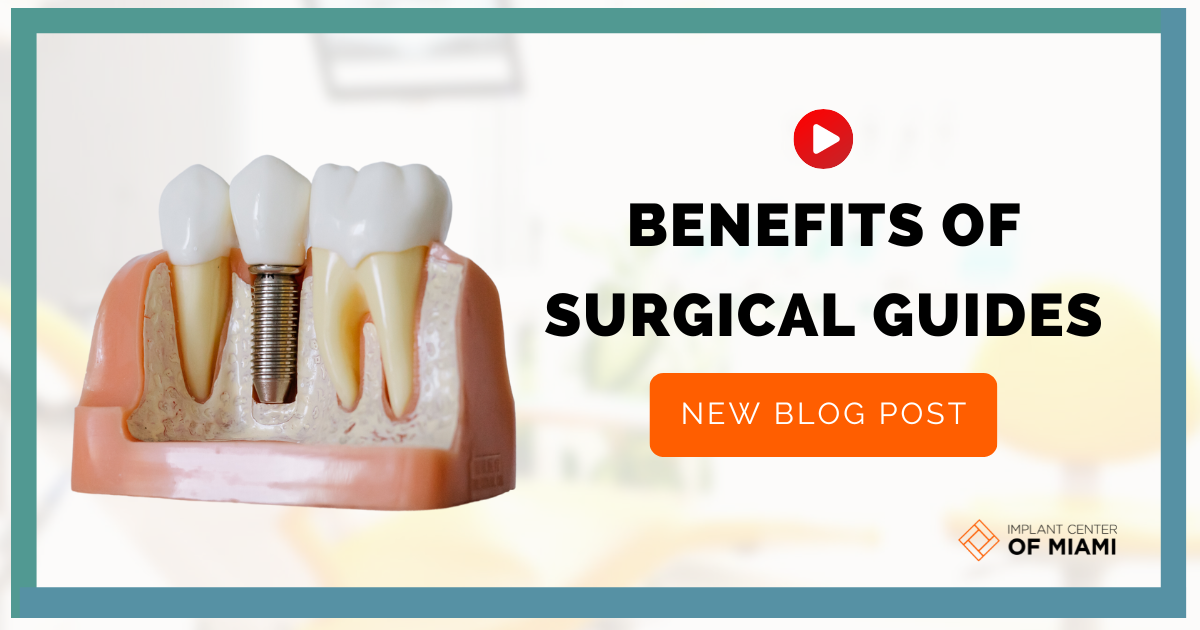Advanced Developments and Innovative Techniques in Robotic Dentistry for Precise Care
Robotic dentistry represents a significant shift in oral healthcare, incorporating advanced technology into common dental procedures. This innovative approach utilizes robotics to assist with complex tasks, thus elevating precision and safety. By reducing human error, robotic dentistry considerably improves surgical outcomes and drastically minimizes recovery times. From dental implants to root canal surgeries, these advanced robotic systems have offered a more potent solution for both, dentists and patients alike. Combining the traditionally practiced dentistry aesthetics with modern technology, robotic dentistry is transforming and redefining the realm of oral health care, aiming for new heights of efficiency and accuracy.
Request an Appointment
The Evolution and History of Robotic Dentistry
Robotic Dentistry has evolved remarkably since its inception in the 1980s. The first significant breakthrough was in 1992 when Novocure's ROBODOC conducted successful hip surgeries. By 2000, robotic technologies were given FDA approval to assist in dental surgeries. Innovation continued, and cad/cam technologies further revolutionized the field with precise 3D imaging and treatment planning. Today, robots aid complex procedures, promising increased precision and patient comfort.
Understanding the Basics of Robotic Dentistry
Robotic dentistry is a progressive field, using high-tech solutions to improve patient care. Specified robotic systems guide dental surgeries with precision, reducing chances of human errors. These may aid in dental implant placement, orthodontics, and more. It offers less invasive options, enhancing comfort and healing times for patients.
The Science Behind Robotic Dental Surgery
Robotic dental surgery leverages precision technology for improved outcomes. Robots, guided by 3D imaging and pre-programmed surgical plans, conduct procedures with high accuracy, reducing human error. This technology also promotes quicker recovery times and less discomfort, revolutionizing dental care.
Robotic Dentistry: Impacts and Challenges
Robotic dentistry represents a significant leap in dental care, offering precise, minimally invasive treatments. While it enhances accuracy, speed, and patient comfort, challenges like high costs, lack of training among dentists, and patients' apprehension towards machines remain.
A Comparative Study: Traditional Dentistry vs Robotic Dentistry
Traditional dentistry, favored for hands-on diagnostics and human interaction, often requires multiple appointments. Meanwhile, robotic dentistry boasts precision, reduced healing time, and minimal invasiveness, merging technology with healthcare for a swift process. While traditional dentistry sustains a sense of trust, new-age robotic methods aim to maximize efficiency.
Revolutionary Dental Technologies: Exploring the Advances in Robotic Dentistry
Robotic dentistry represents a significant advance in dental technologies. It enhances precision, reduces human error, and elevates patient comfort. From intricate surgeries to routine cleanings, robots are now capable of executing tasks with remarkable accuracy, transforming the landscape of dental healthcare and opening new frontiers in treatment capabilities.
The Role of Robotic Dentistry in Orthodontics
Robotic dentistry is revolutionizing orthodontics, providing precision, accuracy, and efficiency. It minimizes errors and discomfort in procedures like braces fitting, teeth alignment, and implants. Robotics also speed up treatment duration and improve outcome predictability.
Ethics and Legality in Robotic Dentistry
Robotic dentistry hinges on ethics and legality. It allows precise dental care but raises concerns regarding accidents and accountability. Ensuring ethical practice demands consent, awareness of potential failures, and informed decisions. Legally, it hinges on defining liable parties when errors occur, ensuring patient safety and rights.
The Future of Dentistry: How Robotics is Transforming Dental Care
The future of dentistry is embracing robotics for enhanced patient care. Robots open possibilities for precision and efficiency in dental procedures, reducing human errors. Robot-assisted surgeries promise quicker recovery times and less invasive procedures, revolutionizing the dental healthcare landscape.
Patient Experience: The Benefits and Fears of Robotic Dentistry
Robotic dentistry can enhance patient experience with precise, efficient procedures, minimizing discomfort and recovery time. However, fears persist such as machine malfunctions compromising safety, cost implications, and losing the personal touch of a human dentist.
How Robotic Dentistry Improves Dental Implant Procedures
Robotic dentistry enhances dental implant procedures, increasing precision and efficiency. It allows for detailed pre-surgical planning, customized to each patient's anatomy, ensuring optimal implant placement. Robots' accuracy minimizes errors, reducing patient recovery time and discomfort.
The Efficiency and Precision of Robotic Dental Surgeries
Robotic dental surgeries revolutionize oral care, boasting precision, efficiency, and improved outcomes. They utilize high-tech software and equipment for intricate procedures, reducing error margins and quickening recovery times, ensuring patient convenience, comfort and safety.
Robotic Assistants: The New Age of Dental Hygiene
Robotic assistants are revolutionizing dental hygiene. Their precision and consistency improve treatment quality, minimizing human errors. They can perform repetitive tasks tirelessly, making dental procedures more efficient. Moreover, they offer patient comfort, transforming the dental experience.
Case Studies: Success Stories of Robotic Dentistry
Robotic dentistry triumphs include the first robot-assisted dental surgery in 2017, successfully implanting two 3D-printed teeth in a patient. Another case study is the Yomi, the first FDA-approved robot for dental surgery, demonstrating precise implant placement. These success stories highlight the accuracy, efficiency, and improved patient experience brought about by technological advancement, pushing the boundaries of traditional dental practice.
Costs and Financial Implications of Robotic Dentistry
Robotic dentistry offers enhanced precision in procedures, minimizing patient discomfort and recovery time. However, the financial implications include high upfront costs for robotic systems, plus maintenance and training expenses. Despite the significant initial investment, potential savings from improved efficiency and reduced error rates may offset these costs over time.
The Role of Artificial Intelligence in Robotic Dentistry
Artificial Intelligence (AI) plays a pivotal role in robotic dentistry, achieving unprecedented precision and efficiency. AI enhances diagnosis, treatment planning, and procedural execution. It aids in early detection of oral diseases, improves dental surgeries and speeds up patient recoveries, reshaping the dentistry landscape with extraordinary accuracy and automation.
Training and Skills Needed for Using Dental Robots
Dental robots demand specialized training for efficient usage. A practitioner needs proficiency in robotics, understanding unique operating protocols, and addressing malfunctions. Competence in digital software systems, anatomy, and precision movements are also vital. Practical experience is indispensable to maneuver sophisticated machinery and enhance patient care.
The Wider Implications of Robotic Dentistry for Healthcare
Robotic dentistry could revolutionize healthcare by enhancing precision and efficiency in dental procedures. This can significantly augment patient comfort, reduce recovery time, and lower healthcare costs. Moreover, it could also address the scarcity of skilled dentists, making quality dental care more accessible.
The Impact of Robotic Dentistry on Employment in the Dental Sector
Robotic Dentistry significantly impacts employment in the dental field. It enhances efficiency and precision, enabling dental professionals to focus on complex procedures. However, it also challenges job security due to automation. There's a need for skill adaptation to incorporate robotics into practice.
Global Trends and Innovations in Robotic Dentistry
Robotic Dentistry is revolutionizing global dental care trends. Innovative tech like Yomi, the first FDA-approved robotic-assistant for dentistry, offers precision in implant surgery. Such advancements provide safer and quicker procedures, enhance patient comfort and outcomes, surfacing as a transformative step in this field.
Signing Off: The Comprehensive Wrap-Up on Robotic Dentistry
Robotic dentistry is a revolutionary innovation in dental care, improving precision and minimizing risks. It includes guided surgeries, routine cleanings, and intricate treatments. Though expensive, its market expansion is expected due to promising results and efficiency.
Frequently Asked Questions
Dental Financing Options
Checking your options will not impact your credit score!
Apply Online in 30 Seconds
Fund Your Account
Start Your Treatment
Read Our Blog


Office Locations
Contact Us
For more information or to schedule an appointment, call us at 786-713-9290 or complete the form.
What Happens After I Send My Message?
Implant Center of Miami: Website Message
Locations Information
Our Services
Quick Links
Office Hours
- Mon - Fri
- -
- Sat - Sun
- Closed



